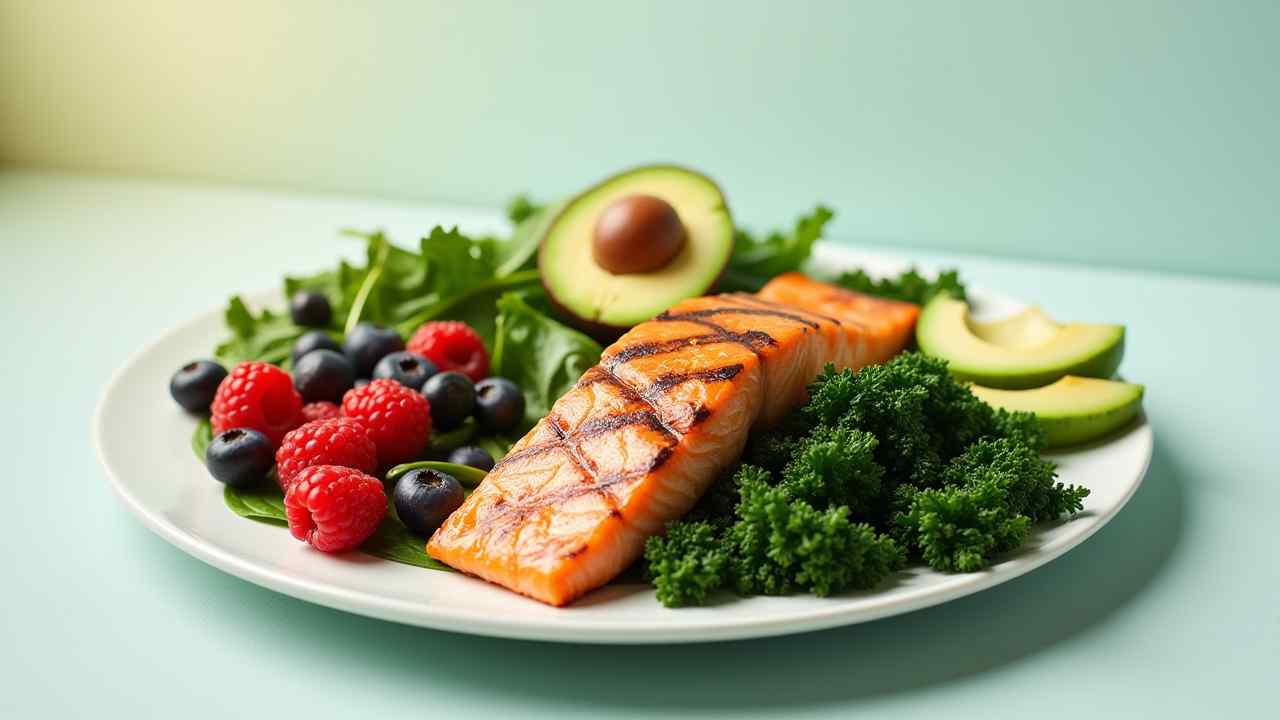
🧠 A Guide to the MS Diet: Exploring Food & Multiple Sclerosis
🧠 Can Diet Help with MS? (A Guide to Popular MS Diets) 🧠
❗ Critical Medical Information: Multiple Sclerosis (MS) is a complex neurological disease. It requires medical treatment from a neurologist. Diet can be a supportive part of your overall care plan, but it is not a substitute for prescribed medical therapy. Always discuss dietary changes with your doctor.
Living with Multiple Sclerosis can be a challenging journey. Many people look for lifestyle changes they can make. They want to feel more in control of their health. Diet is a powerful and popular area to explore.
While there is no official, universally accepted "MS diet," many people find that nutrition helps manage their symptoms. Research in this area is ongoing. This guide will explore the most common dietary approaches. Let's look at the connection between food and MS. ✅
🤔 What is the General Philosophy Behind an MS Diet?
Multiple Sclerosis is an inflammatory autoimmune disease. Therefore, the main goal of any MS diet is to reduce inflammation throughout the body. An anti-inflammatory eating pattern is the common thread. It ties all the different approaches together.
These diets also focus on nutrient density. The goal is to provide your body and nervous system with a rich supply of vitamins, minerals, and healthy fats. This supports overall cellular health. Many diets also emphasize gut health. This is due to the growing understanding of the gut-brain connection.
The most important thing to remember is personalization. There is no one-size-fits-all MS diet. The best approach is often one that helps you identify your personal food triggers. This allows you to create a diet that makes you feel your best.
🍽️ What Are Some Popular Named Diets for MS?
Several specific diets have been developed by doctors or researchers. They have become popular within the MS community. Here are a few of the most well-known protocols.
What is the Wahls Protocol?
This diet was created by Dr. Terry Wahls, a doctor with MS. It is a modified Paleo diet that is very nutrient-dense. It emphasizes a huge daily intake of vegetables. This includes 3 cups of leafy greens, 3 cups of colorful produce, and 3 cups of sulfur-rich veggies.
What is the Swank Diet?
This is one of the oldest diets for MS. It was developed by Dr. Roy Swank. Its main focus is being extremely low in saturated fat. It allows lean protein, grains, and vegetables. However, it strictly limits red meat and full-fat dairy products.
✅ What Are the Common Foods to Eat on an MS-Friendly Diet?
While the specific diets vary, they share many common principles. They all focus on a whole-foods, anti-inflammatory pattern. Foods that are generally encouraged across most MS diet plans include:
- A Rainbow of Vegetables: Especially dark, leafy greens like spinach and kale. 🥬
- Omega-3 Rich Fatty Fish: Salmon, mackerel, and sardines are excellent choices. 🐟
- Lean Proteins: Skinless poultry and fish.
- Berries and Other Fruits: These are packed with powerful antioxidants.
- Healthy Fats: Avocado, olive oil, and nuts in moderation.
🚫 What Are the Common Foods to Limit or Avoid?
Similarly, most MS diet plans recommend reducing or eliminating the same types of foods. These are foods that are known to promote inflammation. The common foods to limit include:
- Processed Foods: Fast food, packaged snacks, and frozen dinners are generally avoided.
- Added Sugar: Sugary drinks, candy, and desserts can increase inflammation.
- Saturated and Trans Fats: Limiting fatty red meat, full-fat dairy, and fried foods is a key principle.
- Gluten and Dairy: These are common trigger foods for many people. An elimination trial is often used to see if they cause problems.
The journey with MS is unique to each person. A thoughtful MS diet can be an empowering part of your wellness toolkit. By working with your healthcare team, you can find a nourishing way of eating. This can support your medical treatment and help you feel your best. ❤️